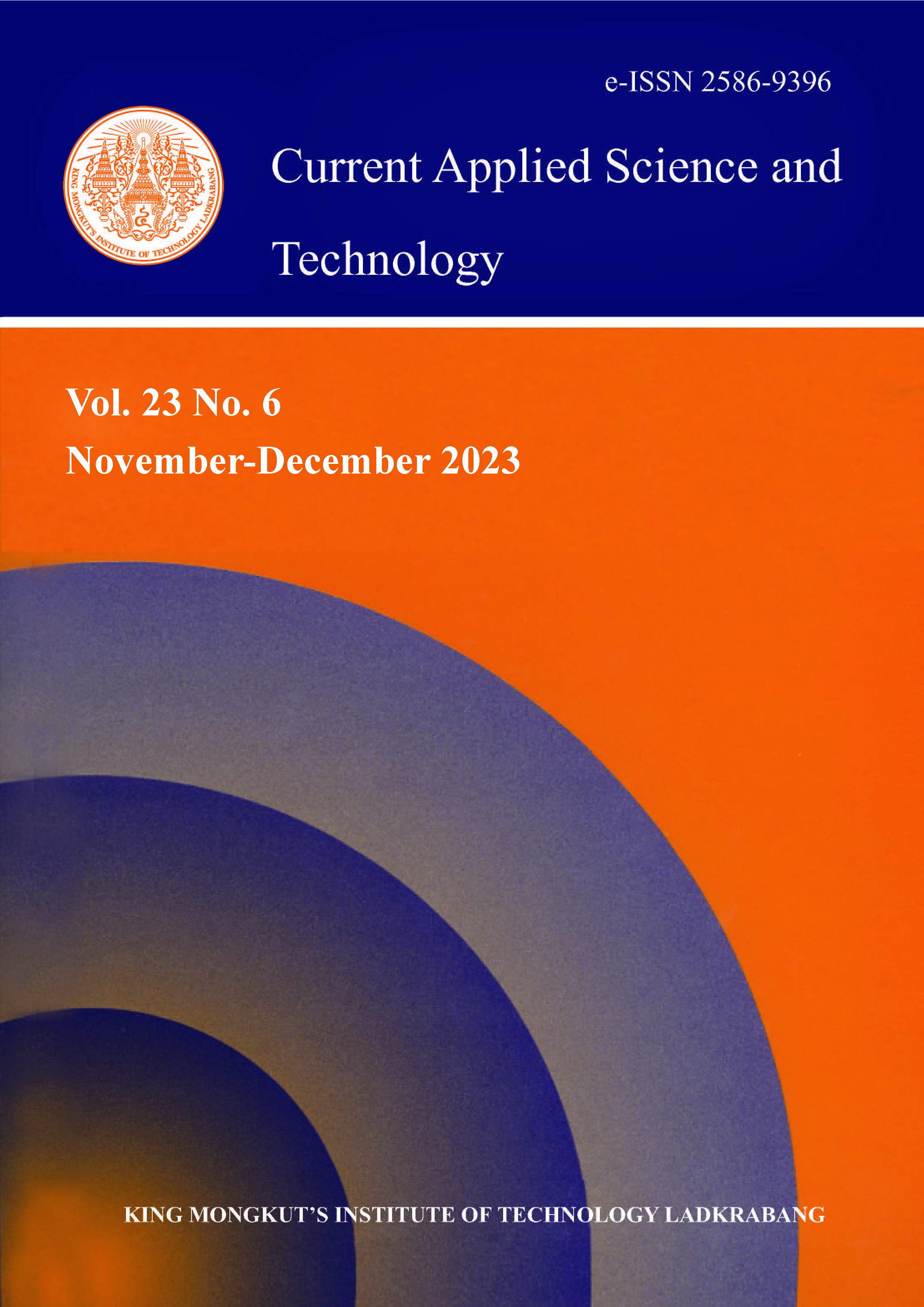Species of the subfamily Viperinae, known to be Old World vipers, Vipera berus berus and Vipera berus nikolskii, are highly distributed in Europe and show their venomous effect, leading to proteolysis, thrombocytopenia, neurotoxicity, and haemorrhage state in susceptible organism. A shift in the protein balance underlies the envenoming in the targeted organs and in the whole organism. Thus, a study of the influence of the V. berus berus and V. berus nikolskii venoms on the protein systems of the spleen and the heart was conducted in order to single out the impact of toxins on the metabolic pathways in the targeted organs. The study included an investigation of the amount of total proteins, and their redistribution and connection with toxicity. The results prove the assumption of proteolytic activation and the emergence of the toxicity state, showing a decrease in the level of proteins, changes in protein composition, redistribution of enzymatic profiles, and an increased level of low molecular weight molecules.
Keywords: viper; Viperinae; venom; proteolysis; toxicity
*Corresponding author: E-mail: mashap44@gmail.com
Palamarchuk*, M. ., Bobr, A. undefined. ., Mudrak, A. undefined. ., Gunas, I. undefined. ., Maievskyi, O. undefined. ., Samborska, I. undefined. ., Vovk, T. undefined. ., Halenova, T. undefined. ., Raksha, N. undefined. ., Savchuk, O. undefined. ., & Ostapchenko, L. undefined. . (2023). Proteolytic Homeostasis in the Tissue of the Spleen and the Heart of Rats Injected with the Venom of Vipera berus berus and Vipera berus nikolskii. CURRENT APPLIED SCIENCE AND TECHNOLOGY, DOI: 10.55003/cast.2023.06.23.015 (13 pages). https://doi.org/10.55003/cast.2023.06.23.015

